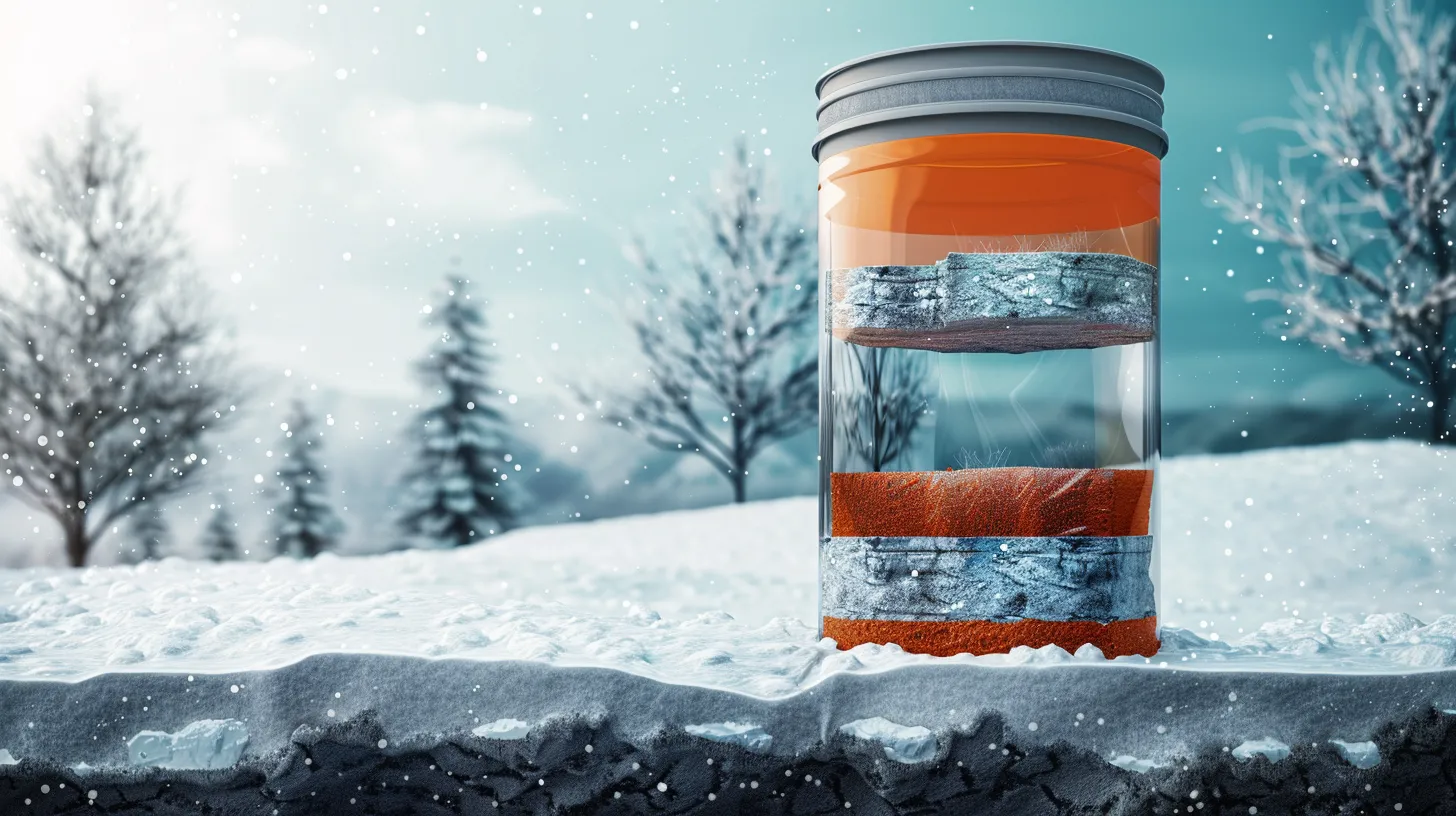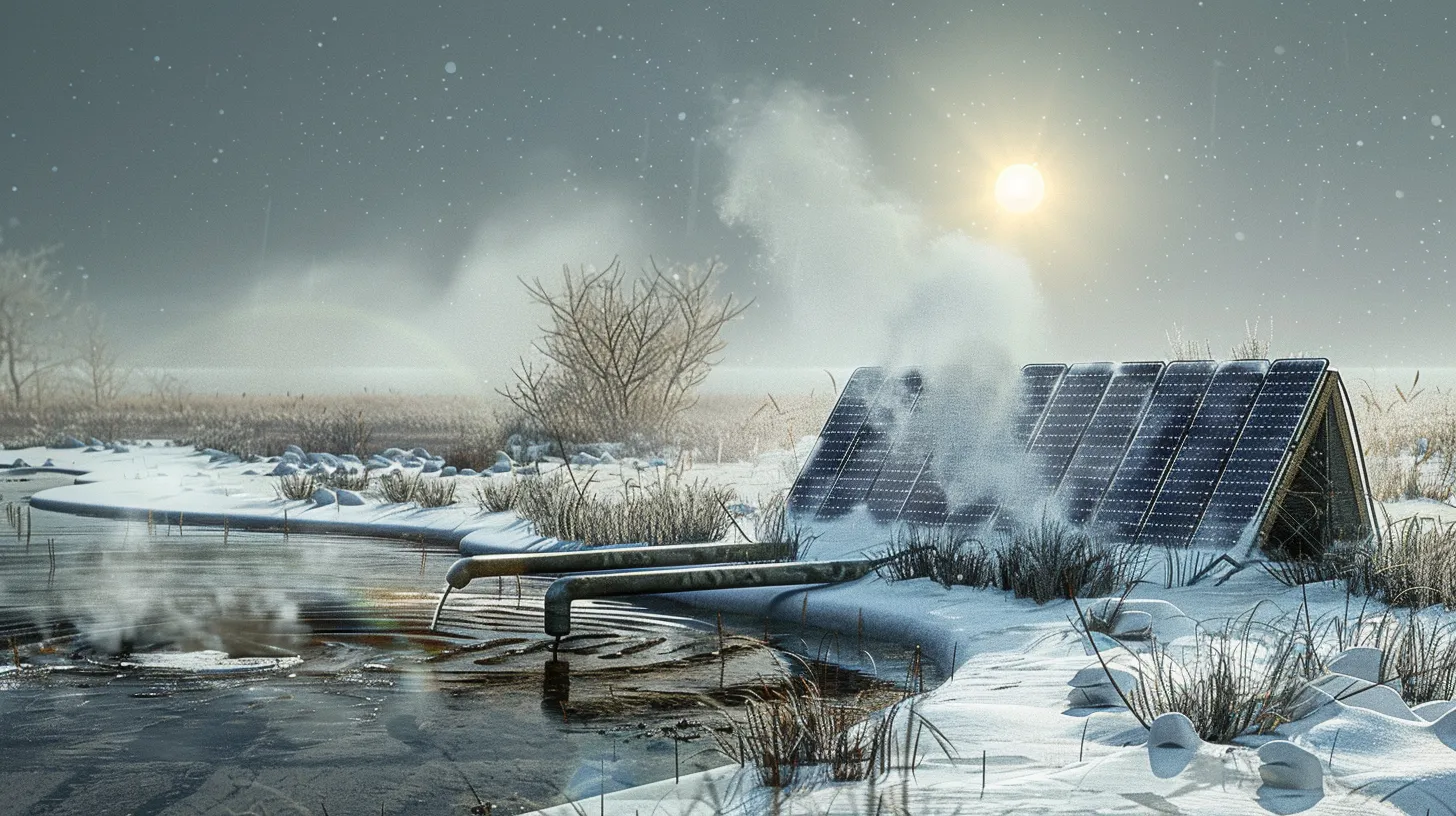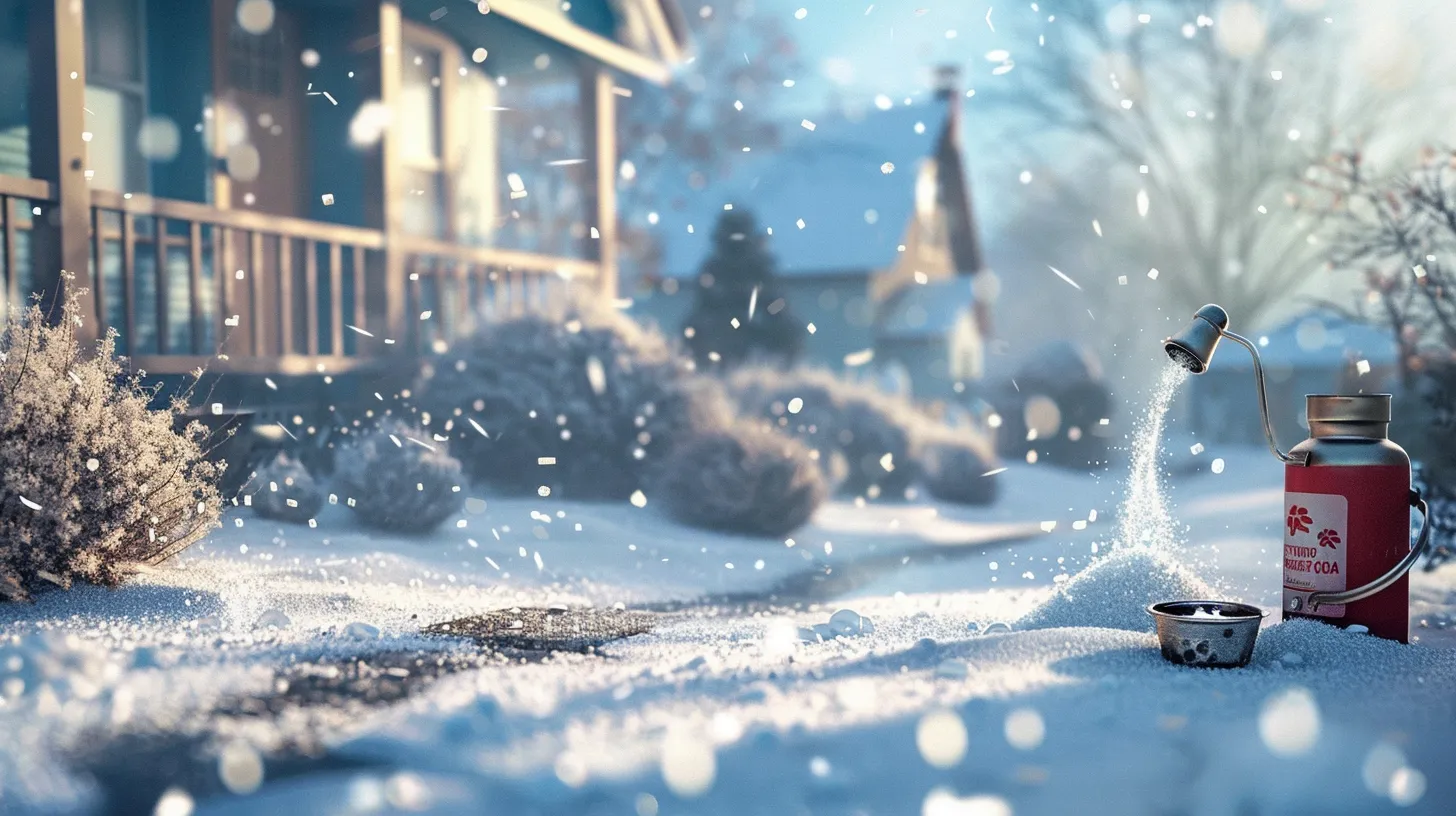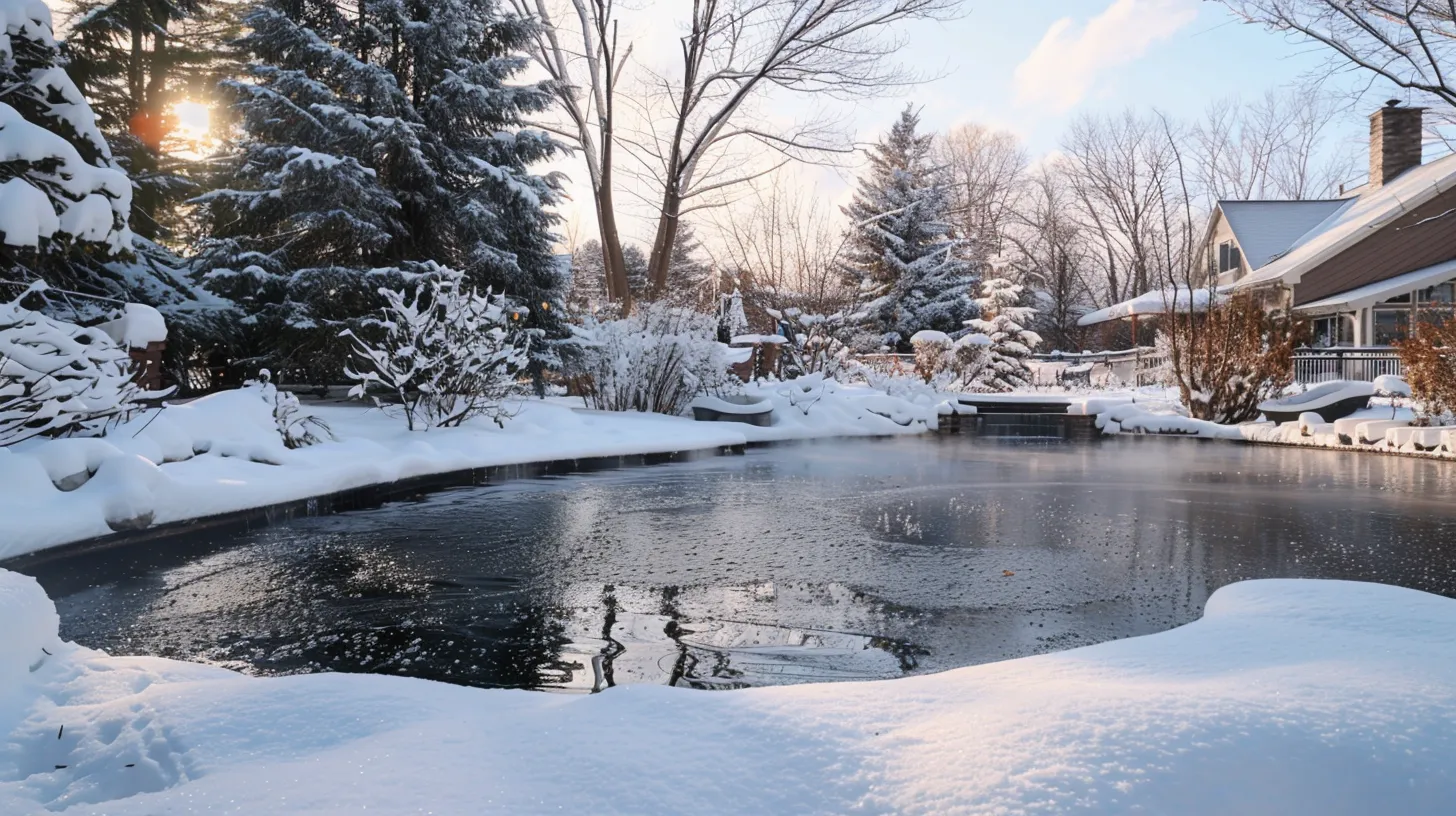As winter approaches, the perennial challenge of preventing outdoor water sources from freezing becomes a significant concern for many. The strategies for achieving this are both varied and innovative, ranging from simple insulation techniques to more complex solutions like solar-powered water heaters.
However, the effectiveness of these methods can vary greatly depending on a number of factors, including the severity of the weather conditions and the specific setup of an outdoor area. One intriguing approach that has garnered attention is the use of automated water circulation systems, which, by constantly moving water, can significantly reduce the likelihood of freezing.
This method, among others, merits closer examination for anyone seeking to maintain unfrozen water sources through the coldest months.
Insulating Containers Properly

To effectively prevent water from freezing outdoors, insulating containers properly is a critical first step. The key to successful insulation lies in understanding the mechanisms of heat loss and the role of containers in providing thermal protection. By utilizing spray foam insulation between two containers, an extra layer of protection is established, significantly reducing the risk of water freezing. This method exploits the insulating properties of spray foam to minimize the escape of heat, ensuring that the water remains in a liquid state for extended periods.
Additionally, the insulation of the container's lid plays a pivotal role in prevention. Heat rises, and without proper insulation at the top, warmth escapes rapidly, accelerating the freezing process. By insulating the lid, this heat loss is curtailed, further safeguarding against freezing.
The concept of nesting a smaller water container inside a larger one offers an ingenious solution to enhance insulation. This arrangement creates an air gap between the containers, serving as an additional insulating barrier against cold temperatures. Furthermore, painting the outer container black capitalizes on the thermal properties of dark colors to absorb more heat, effectively delaying the freezing process. Lastly, incorporating steel wool inside a glass container introduces a means to generate heat, thereby extending the period before water freezes. These strategies collectively form a comprehensive approach to preventing water from freezing by prioritizing container insulation.
Solar-Powered Water Heaters

While insulating containers is an effective method for preventing water from freezing, integrating solar-powered water heaters offers a renewable energy solution to further enhance this process. Solar-powered water heaters harness sunlight, a clean and abundant energy source, to maintain water temperatures above freezing. This approach is not only cost-effective over time but also significantly reduces the environmental impact associated with conventional heating methods.
For those considering solar-powered water heaters to prevent water from freezing outdoors, it's important to note:
- Proper installation and positioning are paramount to maximize sunlight exposure, ensuring the system operates efficiently even during the shorter days of winter.
- Cost-effectiveness becomes evident as these systems utilize free solar energy, reducing reliance on traditional energy sources and minimizing operational costs.
- Environmental impact is significantly lessened, as solar-powered water heaters emit no pollutants and decrease the dependency on fossil fuels.
Wind Barriers and Covers

Implementing wind barriers and covers around outdoor water sources is a practical measure for mitigating the risk of freezing in cold climates. By strategically placing materials such as hay bales, wooden boards, or plastic sheets around these areas, homeowners and property managers can help prevent the chilling effects of wind from lowering the temperature of the water to the freezing point. This method of windproofing acts as a shield, keeping water in a liquid state even when the weather turns frigid.
Adding an extra layer of protection, insulated blankets or heavy-duty tarps can be used to cover water containers, further securing them against freezing temperatures. These covers work by trapping heat and reducing the rate at which heat escapes from the water, thereby maintaining a temperature above freezing. It is essential that these insulating covers are securely fastened to ensure they remain in place during strong winds, effectively preventing exposure to freezing conditions.
The combination of wind barriers and covers provides a robust defense against the cold, significantly reducing the risk of outdoor water sources freezing. Proper implementation of these strategies can keep water accessible and in a liquid state throughout the harsh winter months, ensuring that water sources remain unfrozen and functional.
Salt and Antifreeze Solutions

Utilizing salt and antifreeze solutions offers an effective method for preventing water from freezing by lowering the water's freezing point. These strategies are particularly valuable in protecting outdoor water sources and water pipes from the harsh impacts of cold weather. When temperatures plummet below freezing, the risk of water turning into ice increases, potentially causing damage and inconvenience.
To implement these solutions, consider the following approaches:
- Mixing salt with water in a bottle creates a saltwater solution that can prevent freezing due to its lower freezing point. Placing a saltwater bottle in your water source can help deter ice formation.
- Saltwater bottles float, providing a continuous barrier against freezing by distributing the salt solution across the water surface.
- Antifreeze solutions, when used appropriately, can maintain water in a liquid state even in below-freezing temperatures, ensuring that water remains accessible and pipes are safeguarded against the risks of freezing and bursting.
These methods are effective in keeping water from freezing outdoors, offering a simple yet reliable way to manage water sources in cold climates. By preventing freezing, they help ensure that water remains available and functional, regardless of the weather conditions.
Automated Water Circulation Systems

Automated water circulation systems offer a modern solution to the problem of water freezing by ensuring a constant movement that prevents ice formation. These systems operate by using pumps or mechanical devices to circulate the water, thus keeping it from reaching freezing temperatures. The continuous flow of water not only distributes heat evenly but also helps to slow the freezing process in colder environments. By keeping the water running, these systems ensure that the surface tension is broken, making it more difficult for ice to form and persist.
These energy-efficient systems can be programmed to function at specific intervals, making them both effective and convenient for maintaining liquid water in outdoor settings such as water troughs, tanks, or fountains. The movement of water facilitated by these systems is crucial for distributing heated water, which plays a significant role in preventing stagnation and subsequent ice development. Whether it's for a water trough in a barn or a water bowl in a backyard, automated water circulation systems help keep water from freezing, ensuring that animals have access to drinking water even in the coldest conditions.










